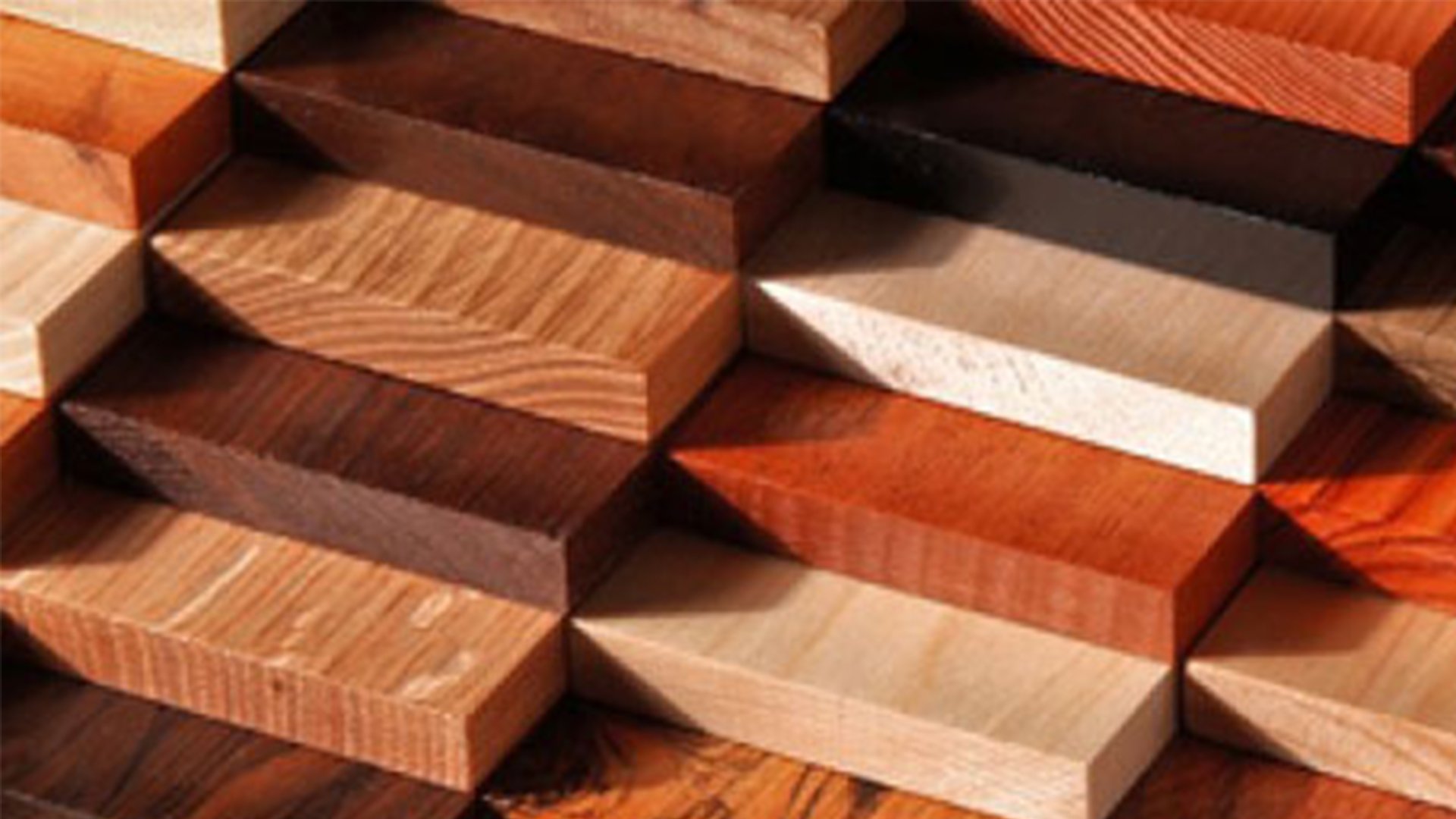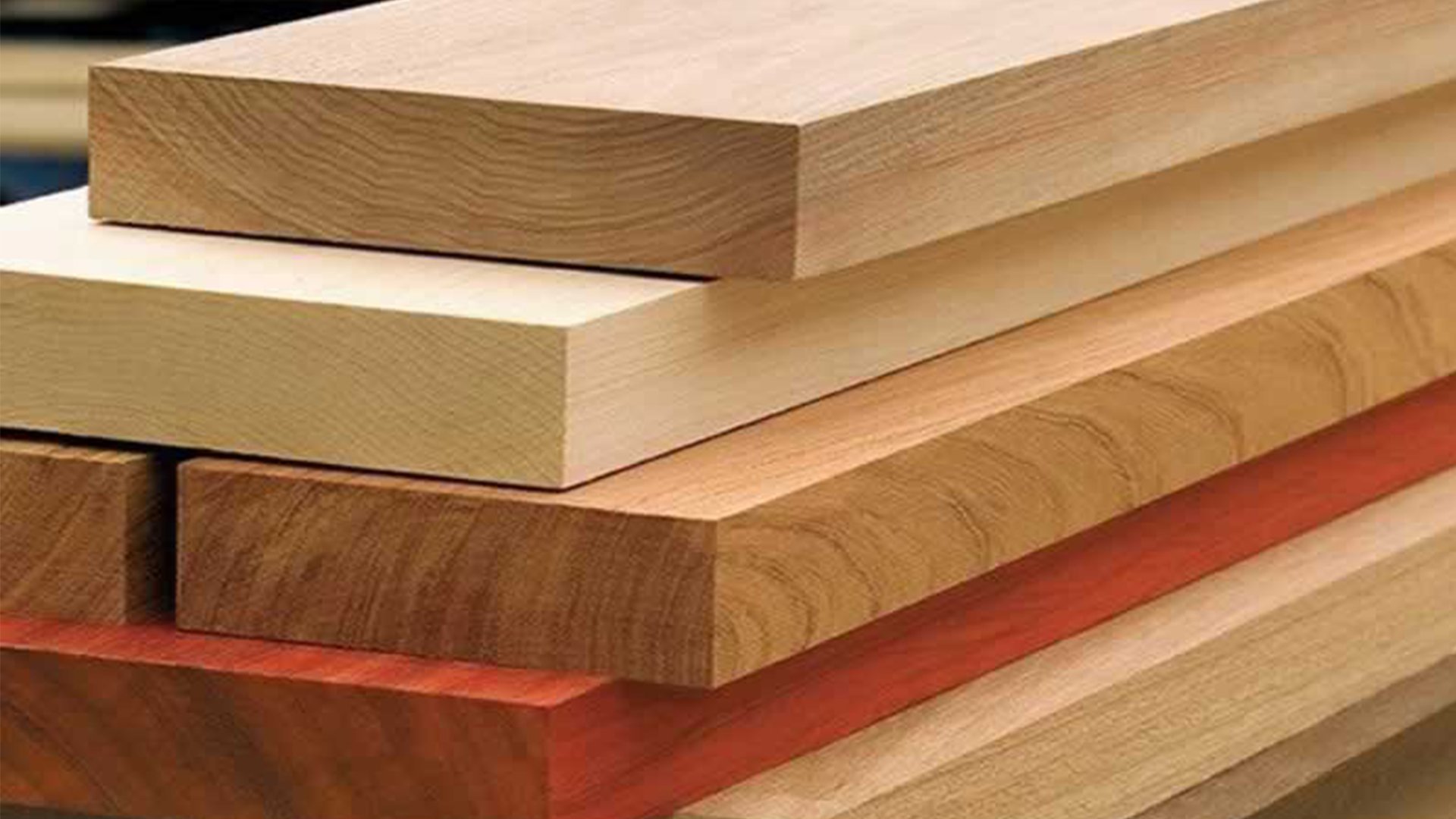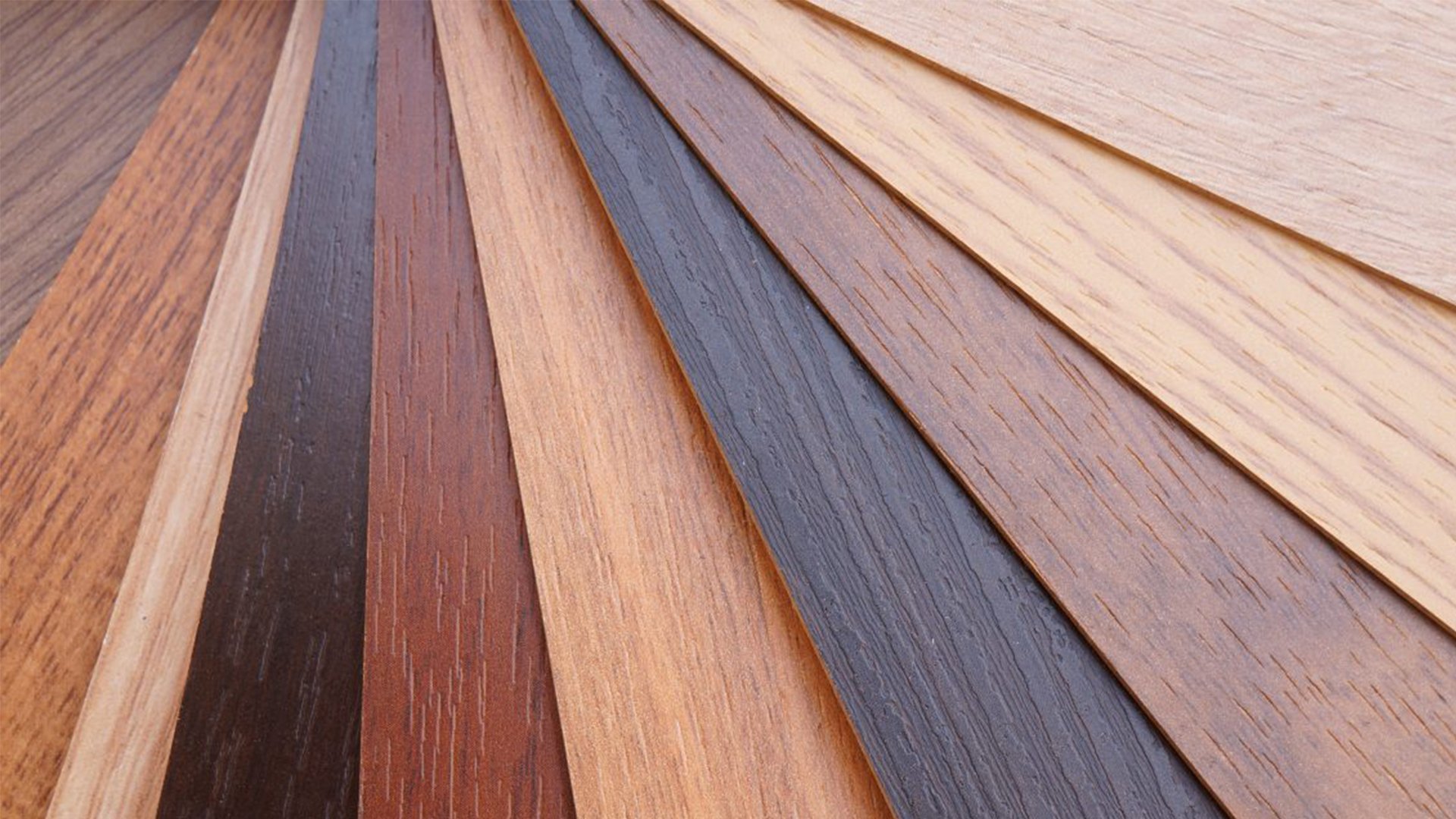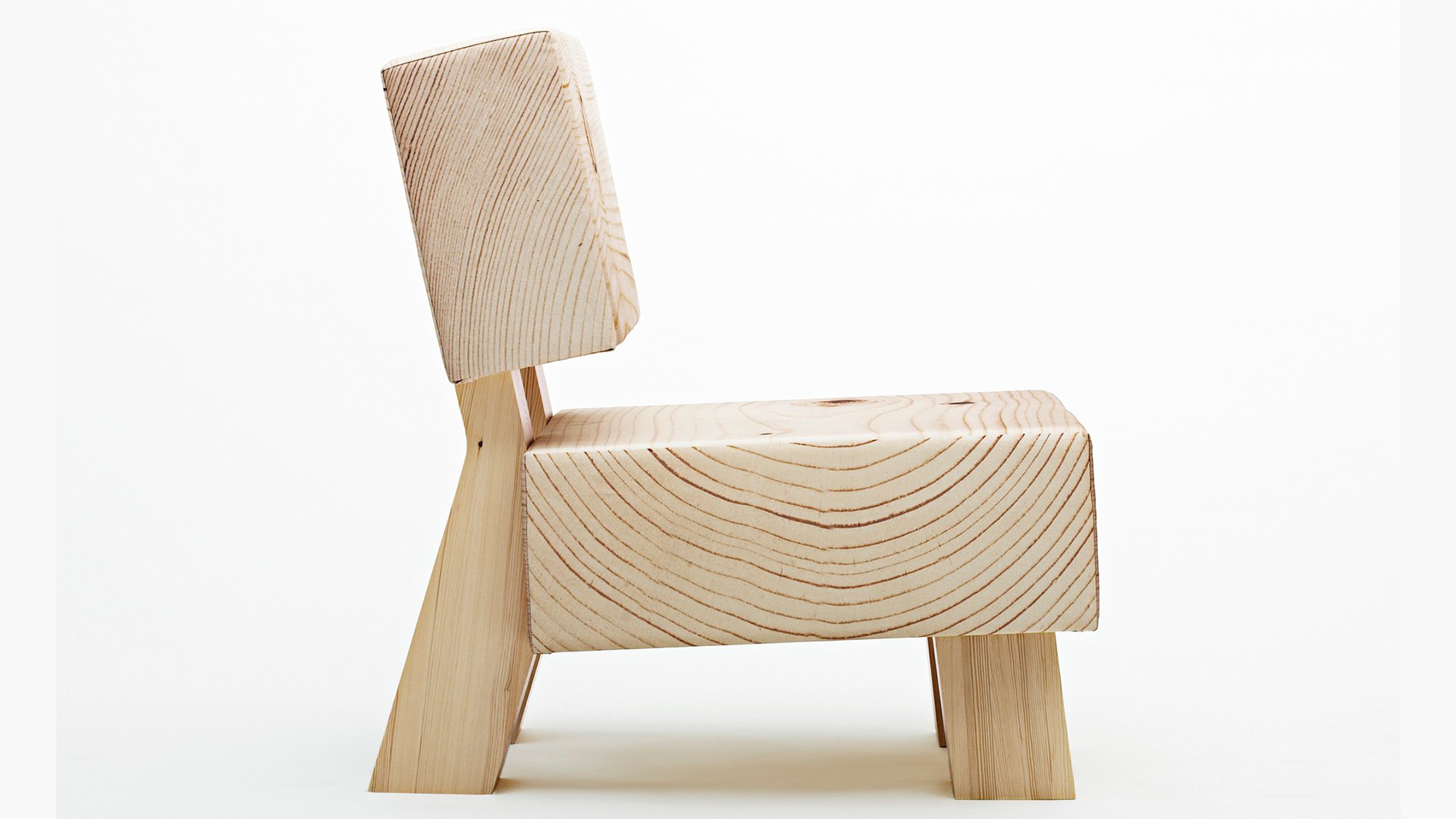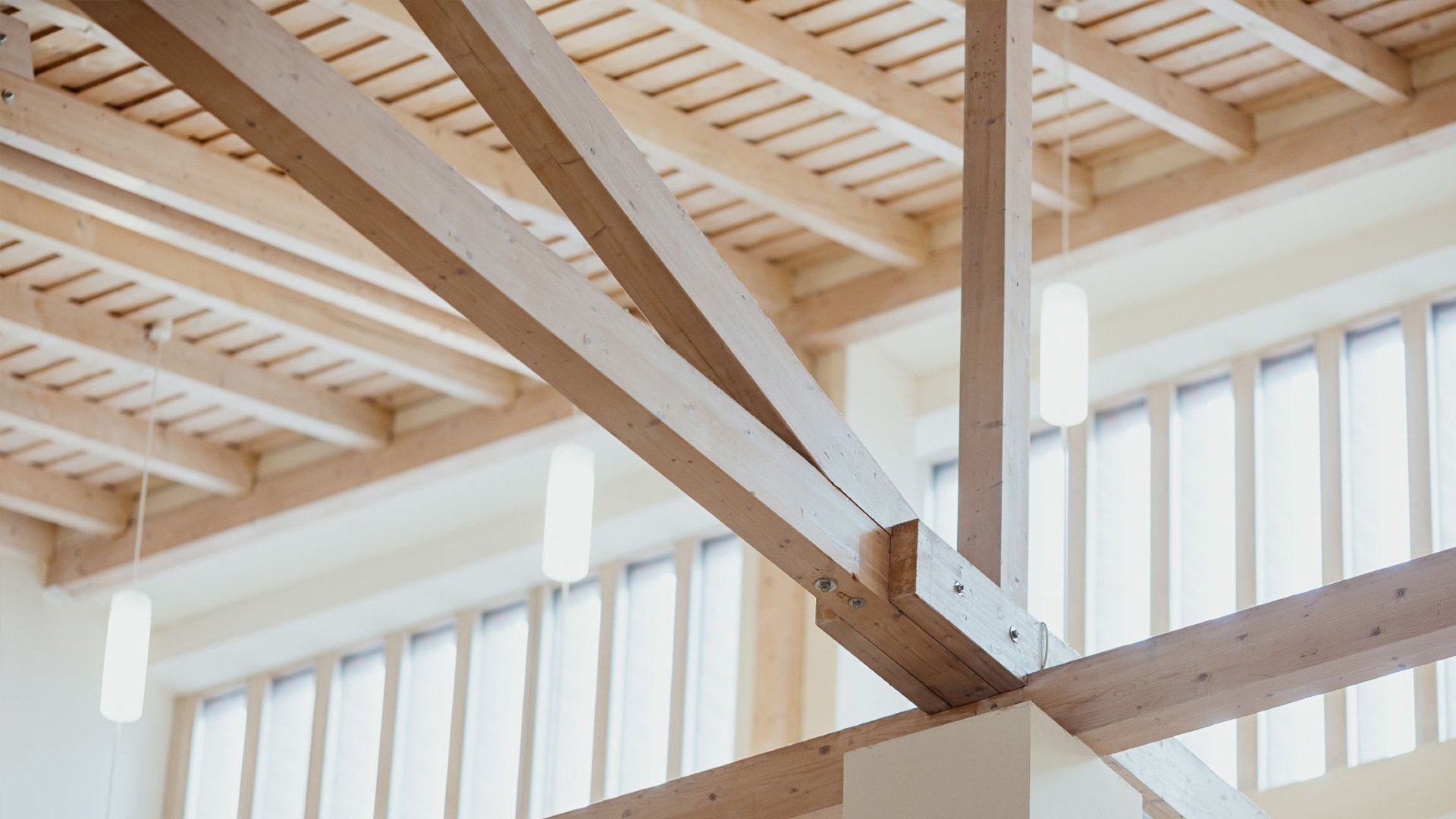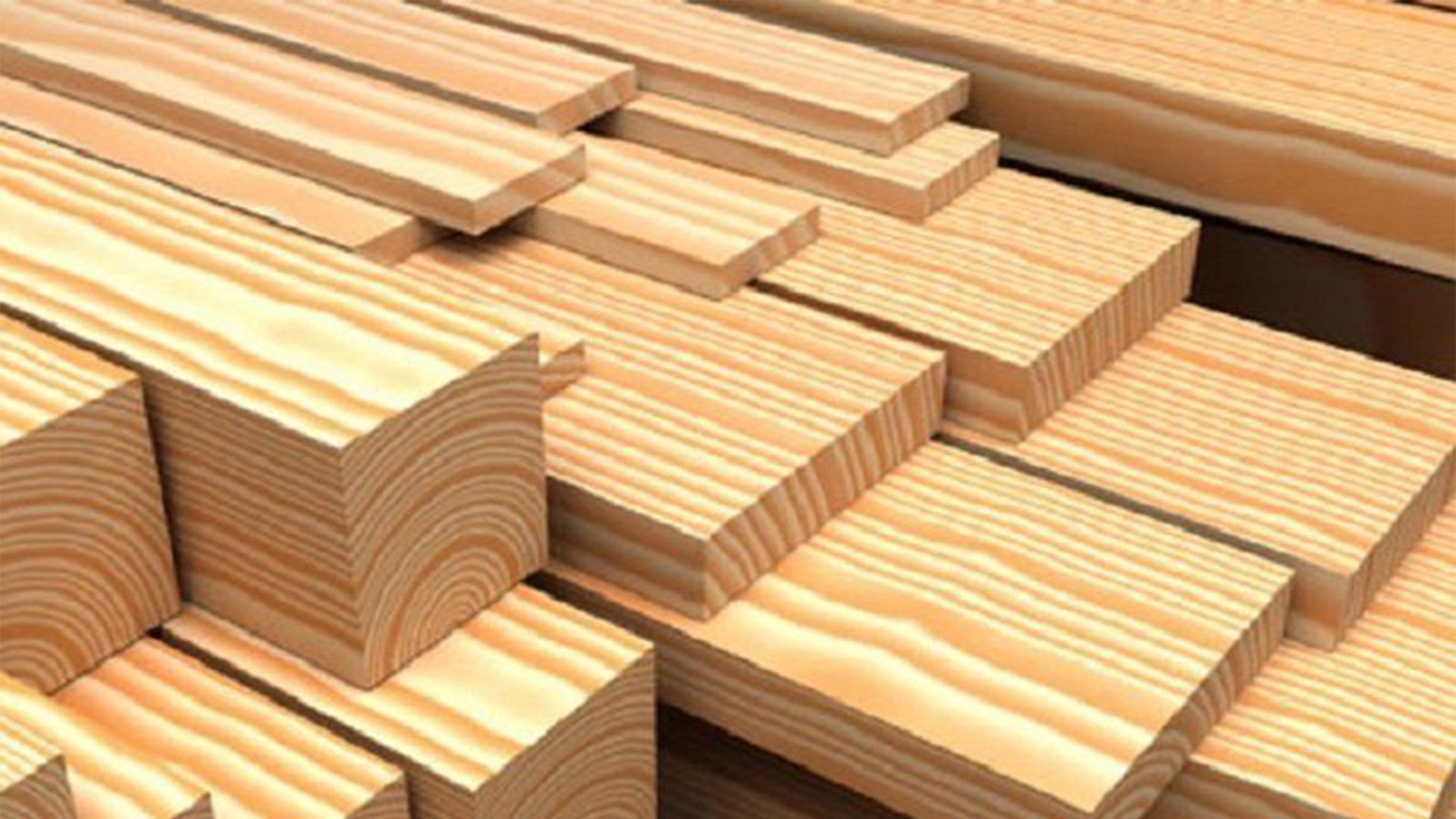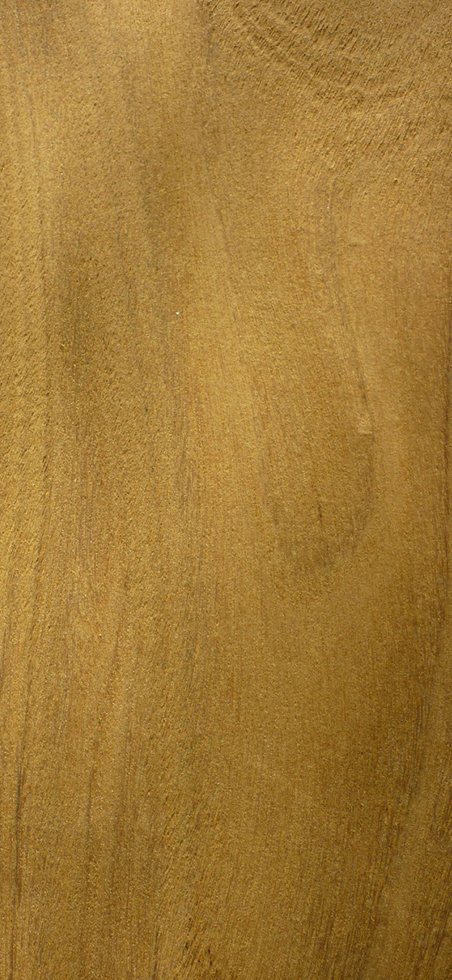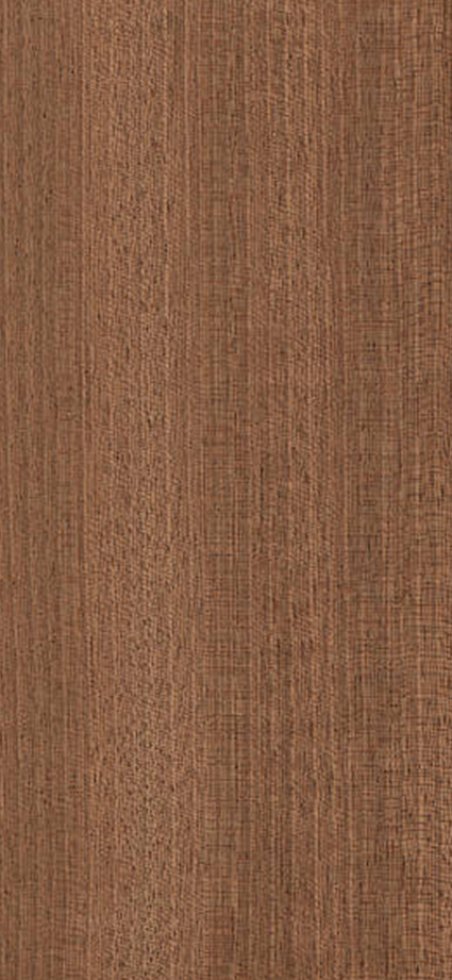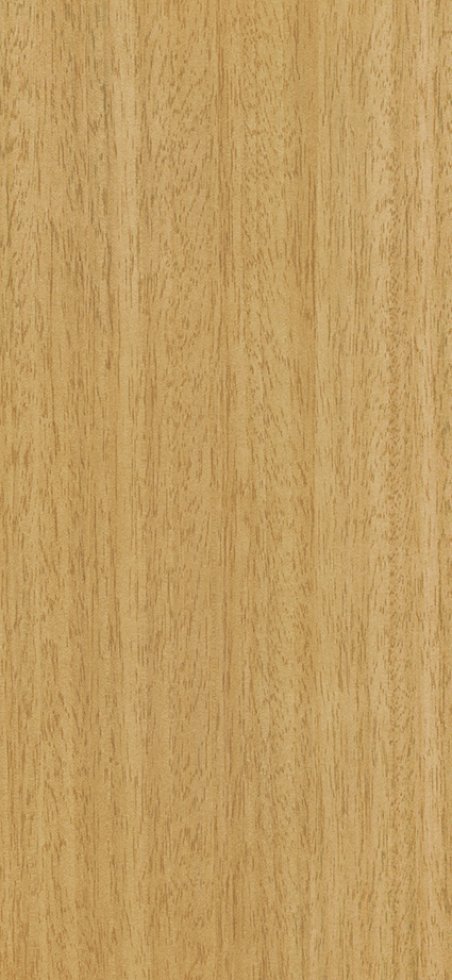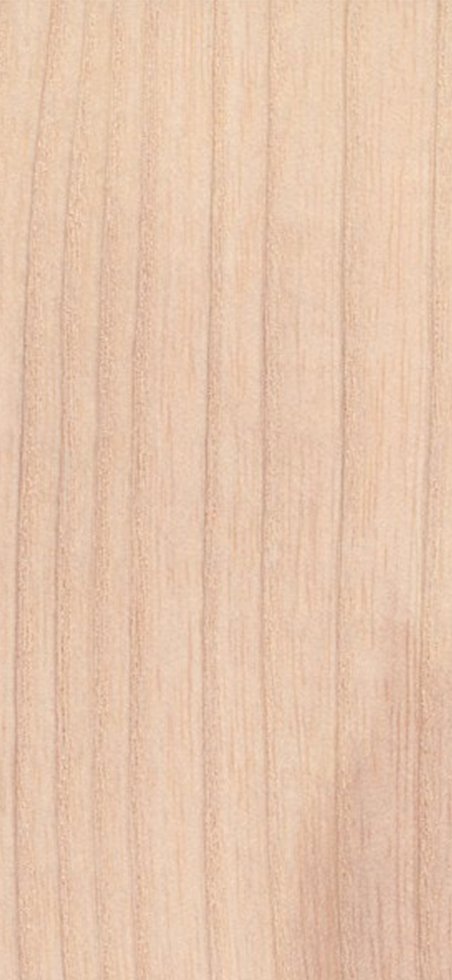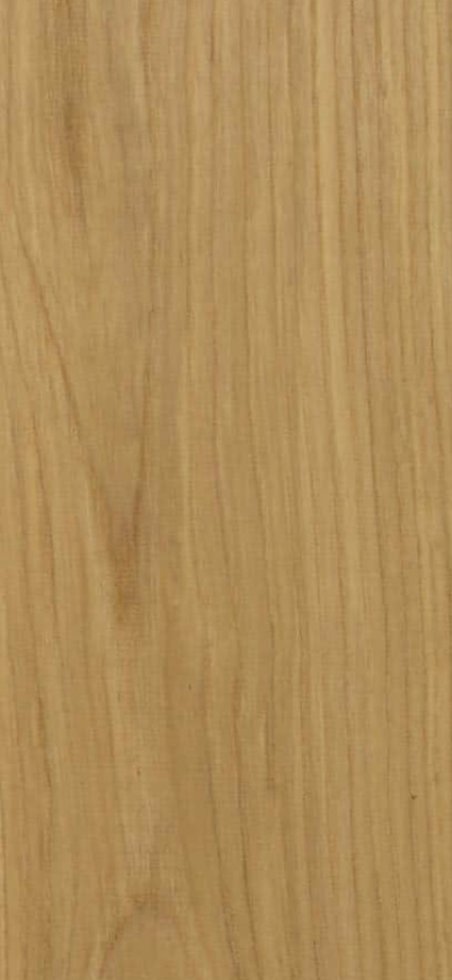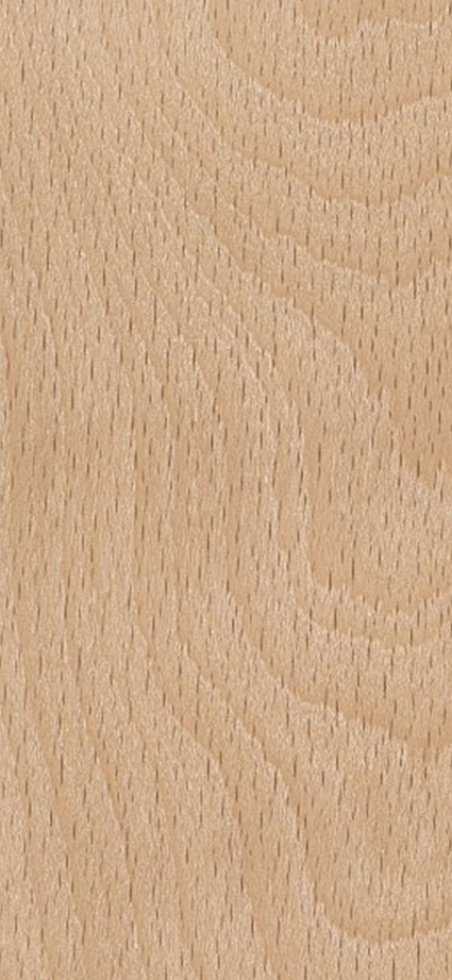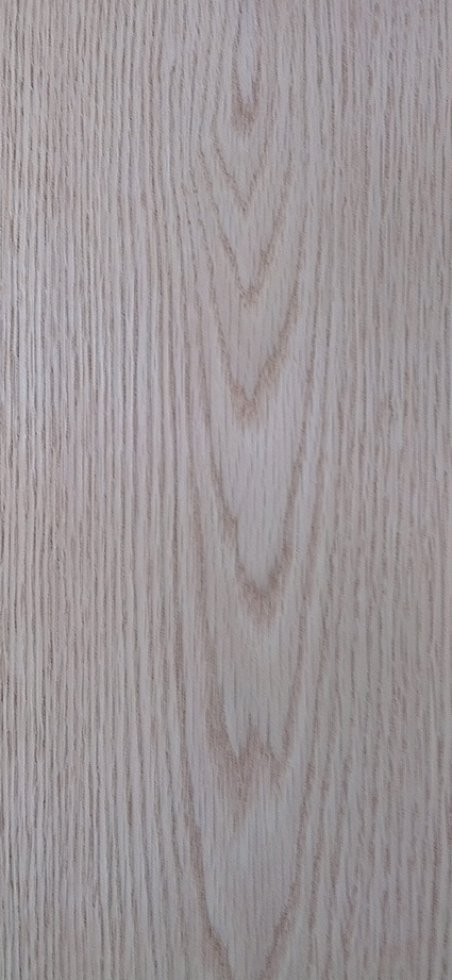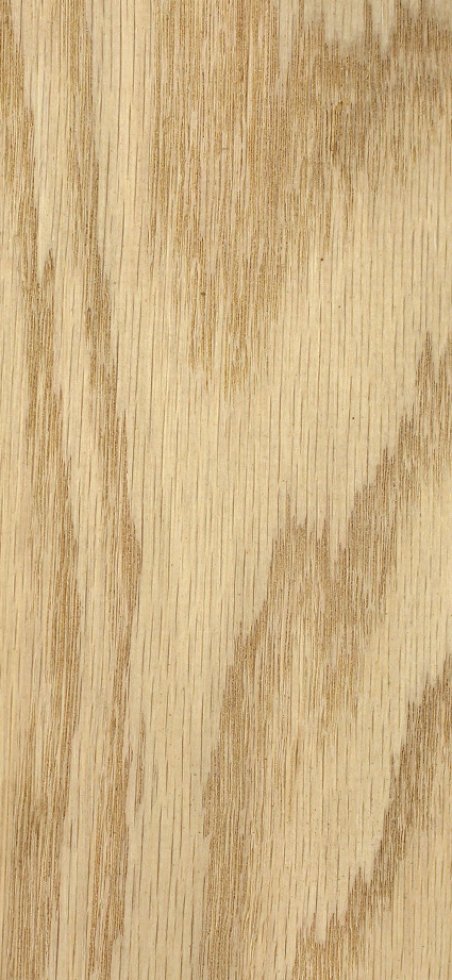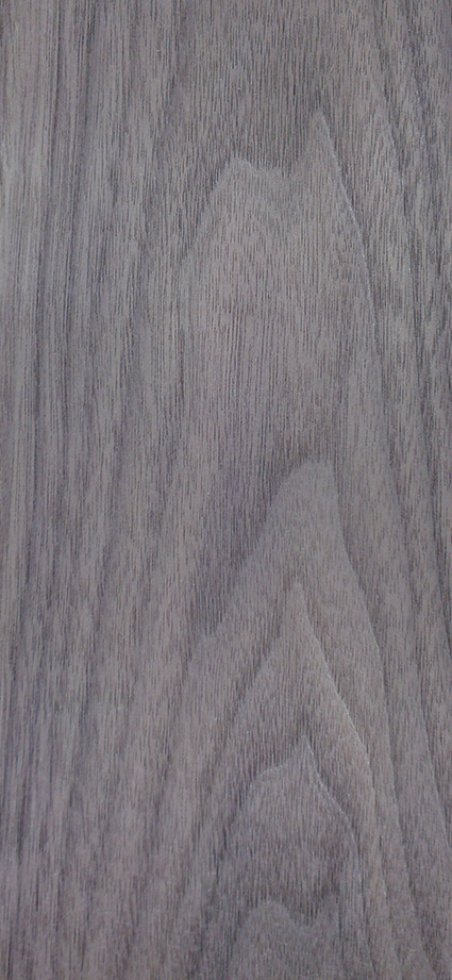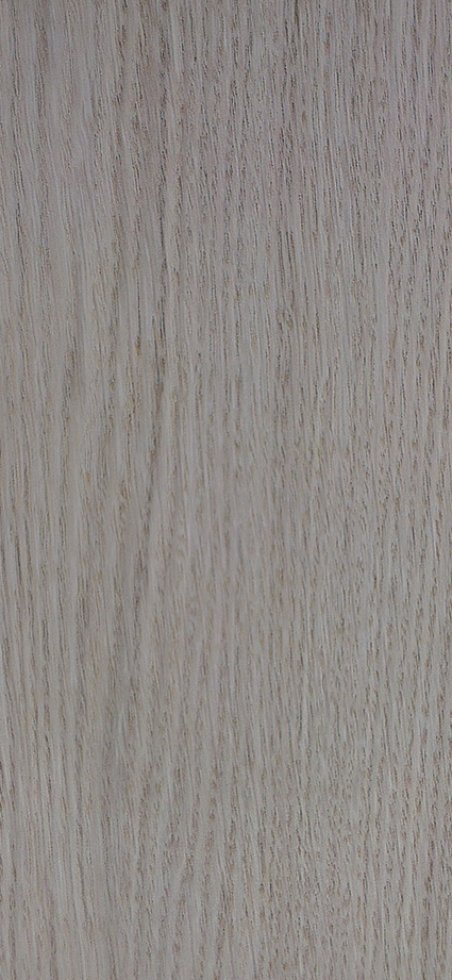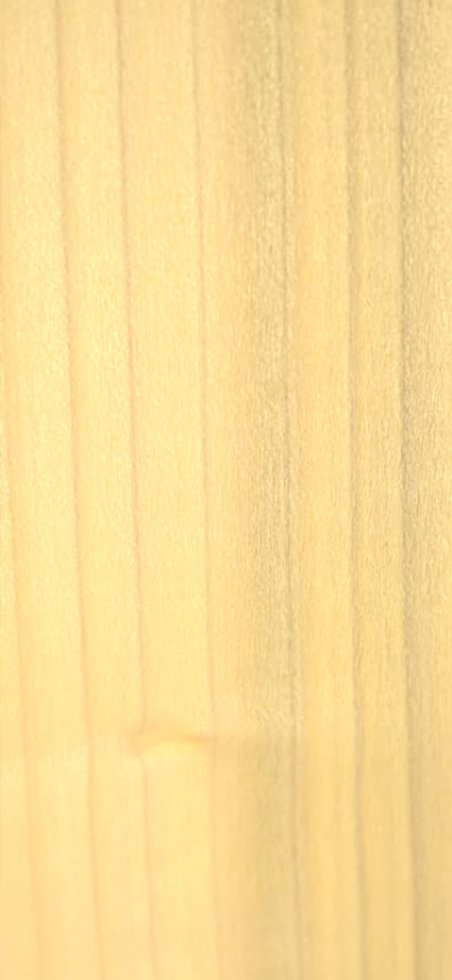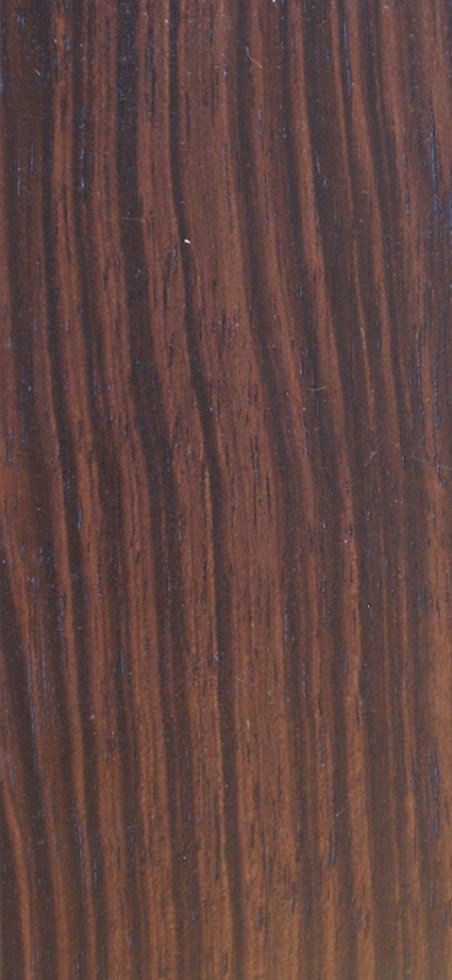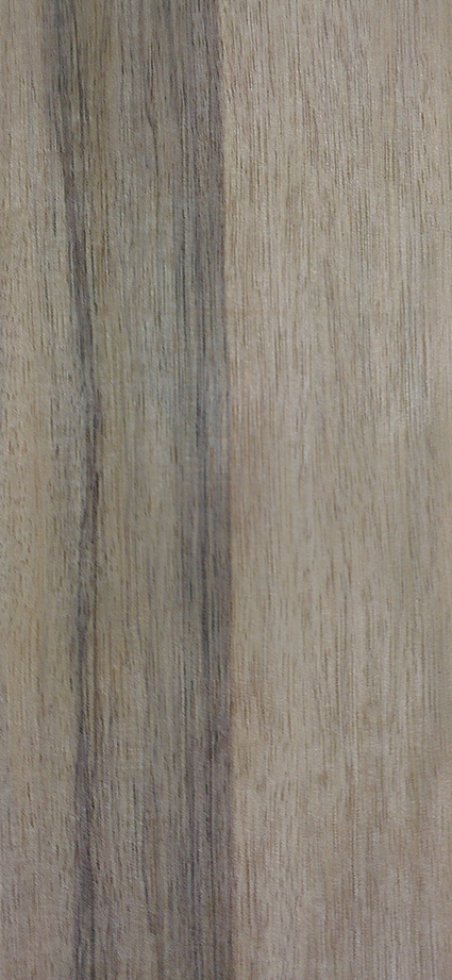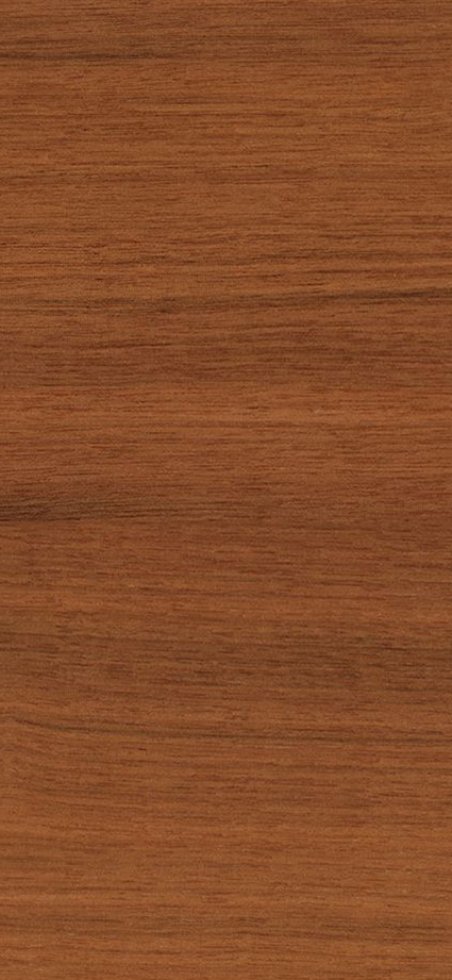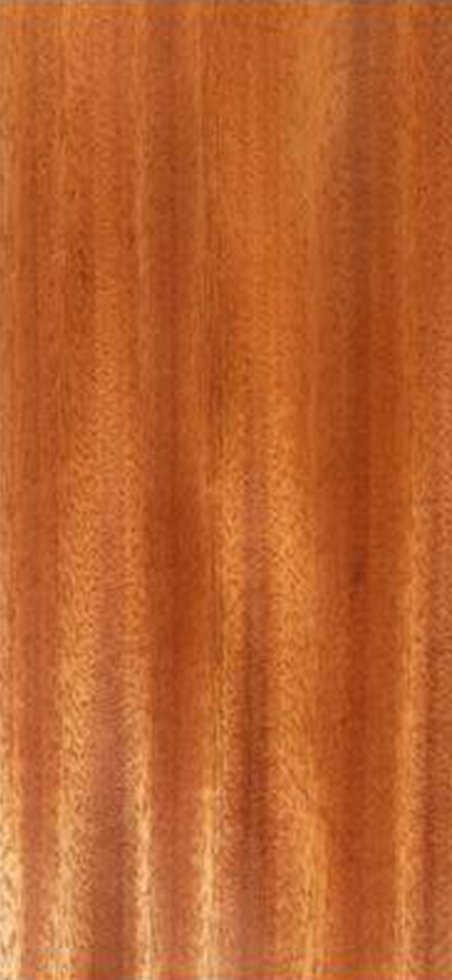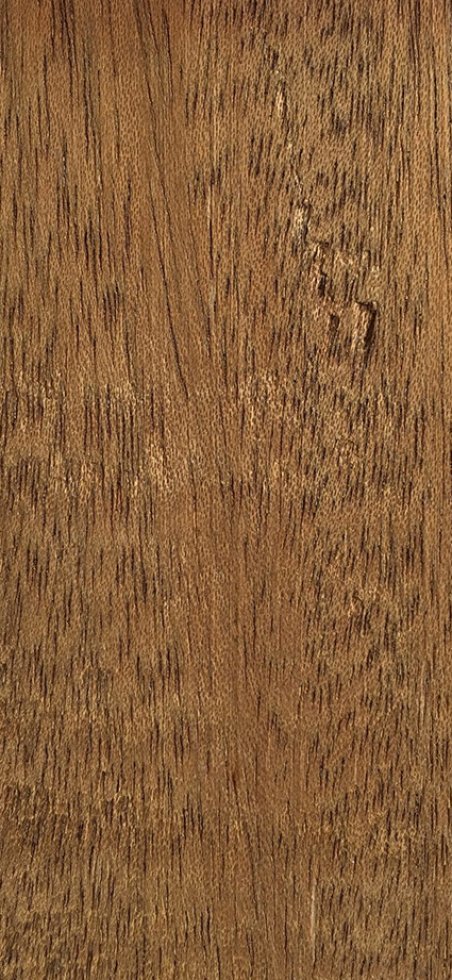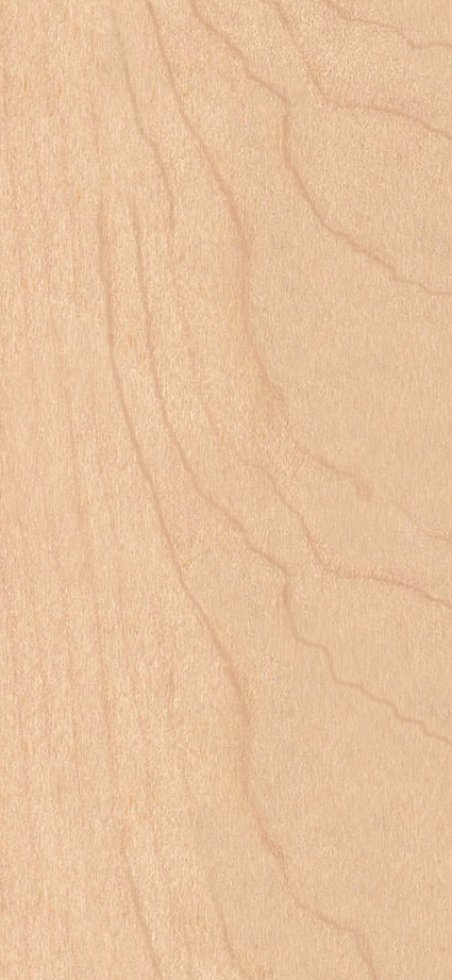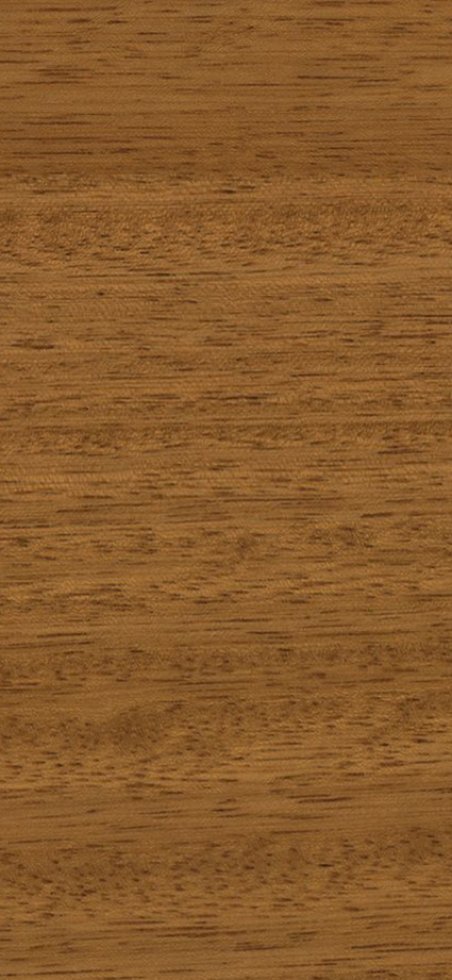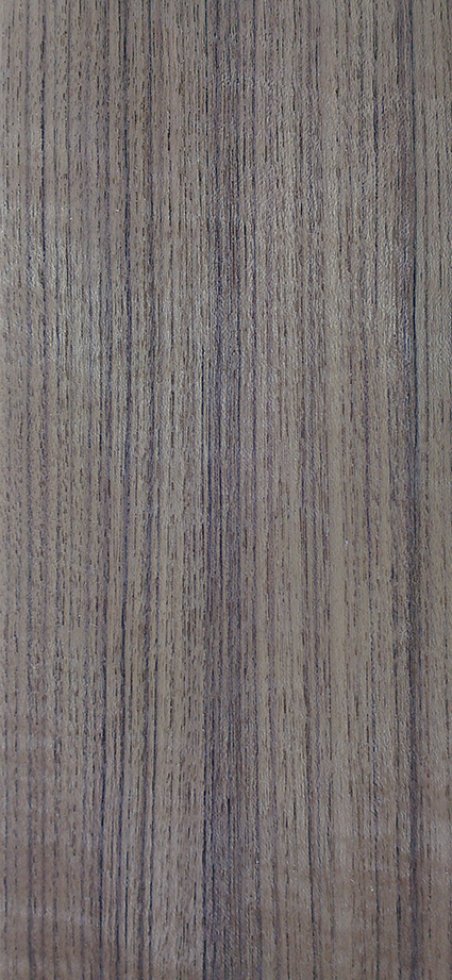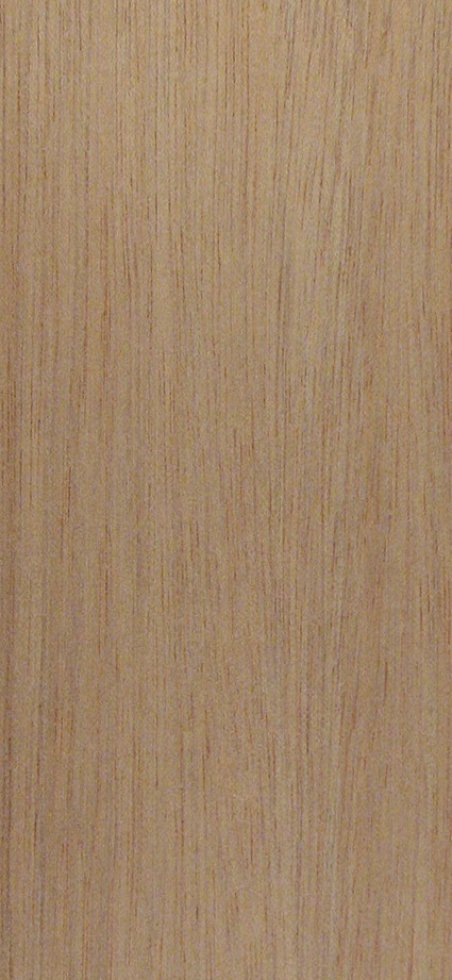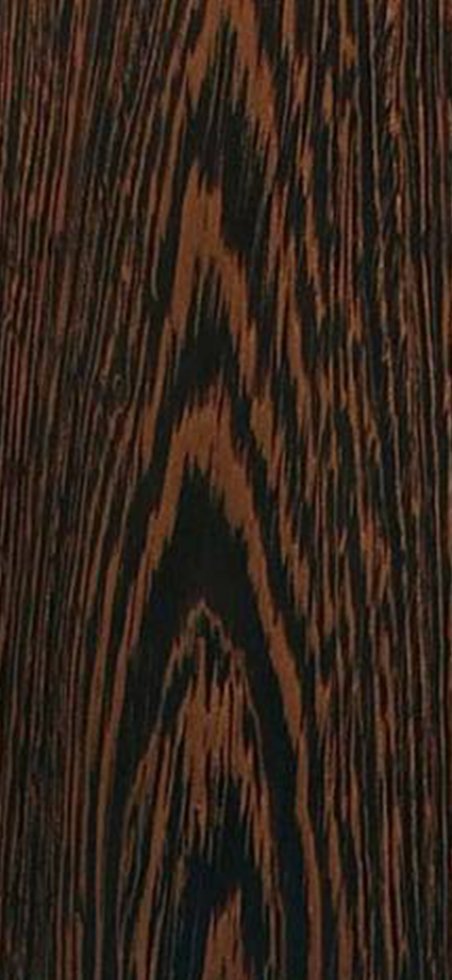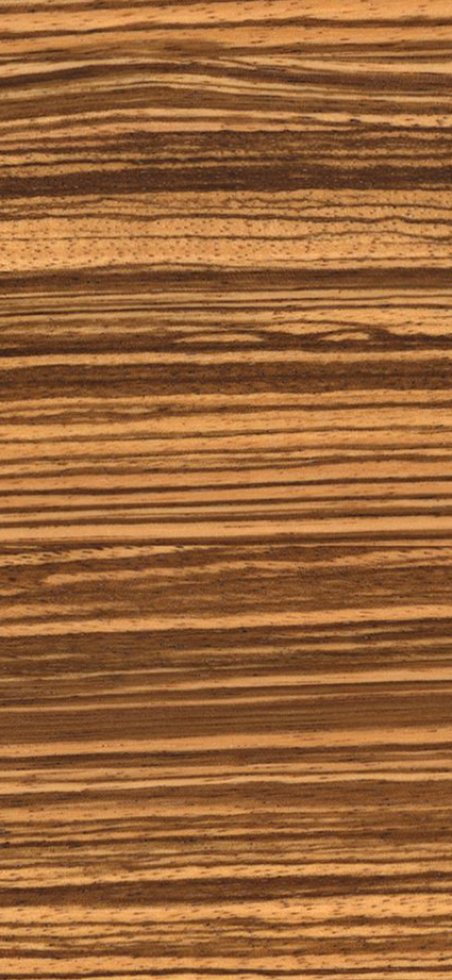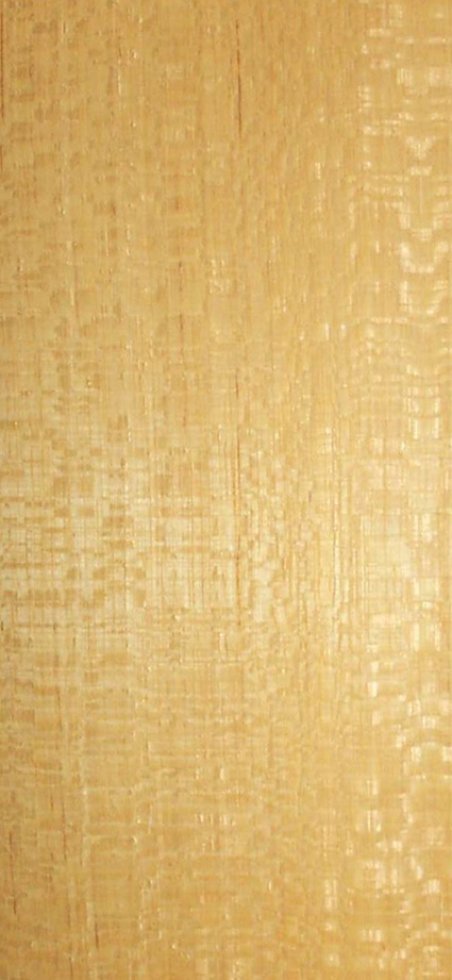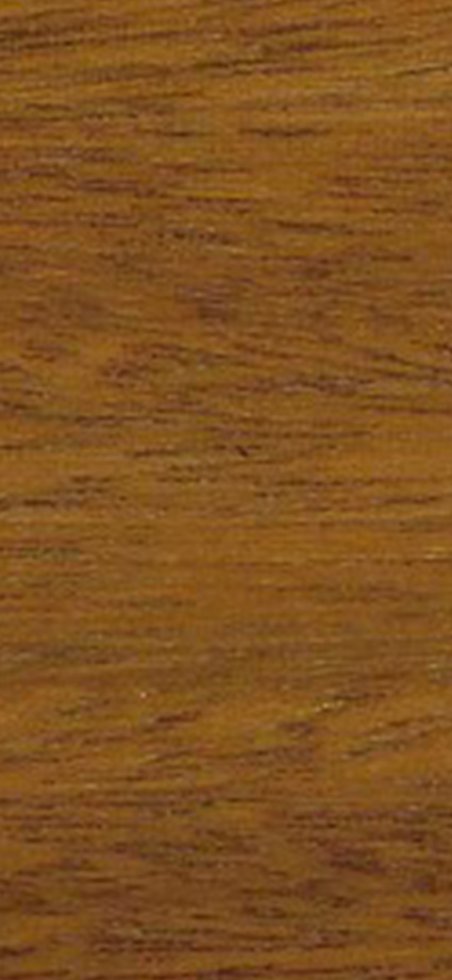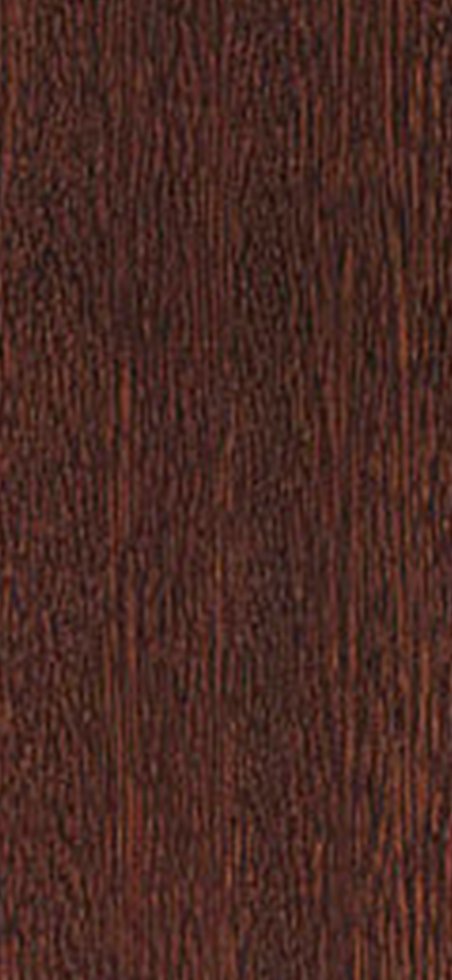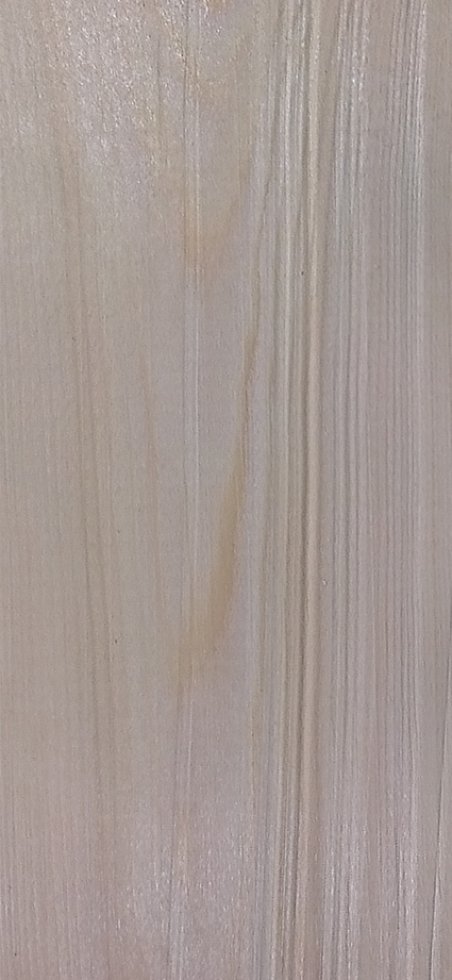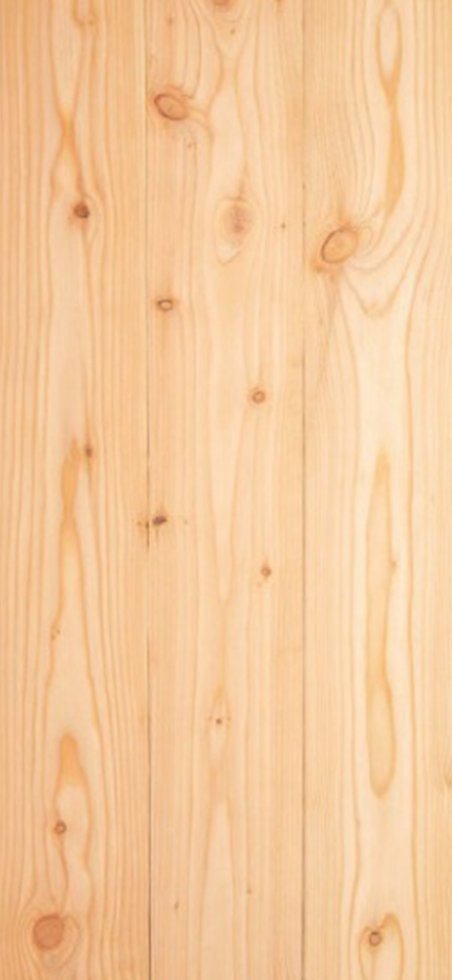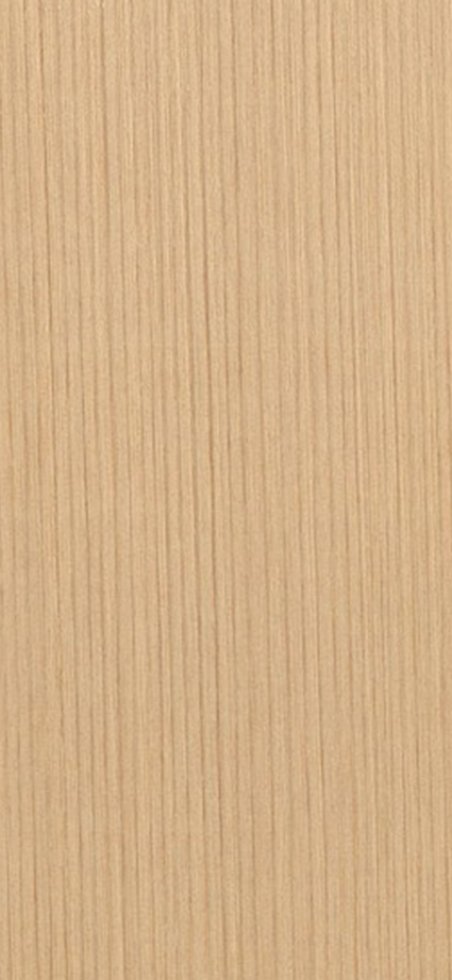Hardwood is not necessarily a harder material (more dense) and a softwood is not necessarily a softer material (less dense). Different types of construction projects call for different kinds of timber, both hardwood and softwood are used for everything from structural to decorative.
Softwood and hardwood are distinguished botanically in terms of their reproduction, not by their end use or appearance. All trees reproduce by producing seeds, but the seed structure varies. In general, hardwood comes from a deciduous tree which loses its leaves annually and softwood comes from a conifer, which usually remains evergreen. Hardwoods tend to be slower growing, and are therefore usually denser.
The hardwood/softwood terminology does make some sense. Evergreens do tend to be less dense than deciduous trees, and therefore easier to cut, while most hardwoods tend to be denser, and therefore sturdier. In practical terms, this denseness also means that the wood will split if you pound a nail into it. Thus you need to drill screw or bolt holes to fasten hardwood together. But structural lumber is soft and light, accepts nails easily without splitting and thus is great for general construction.

